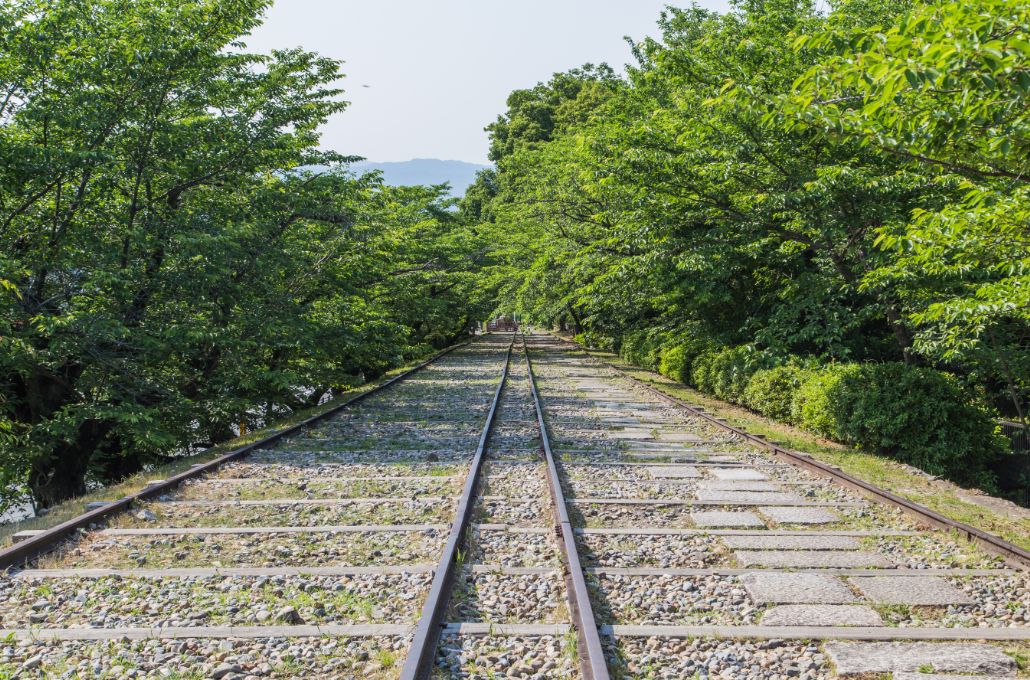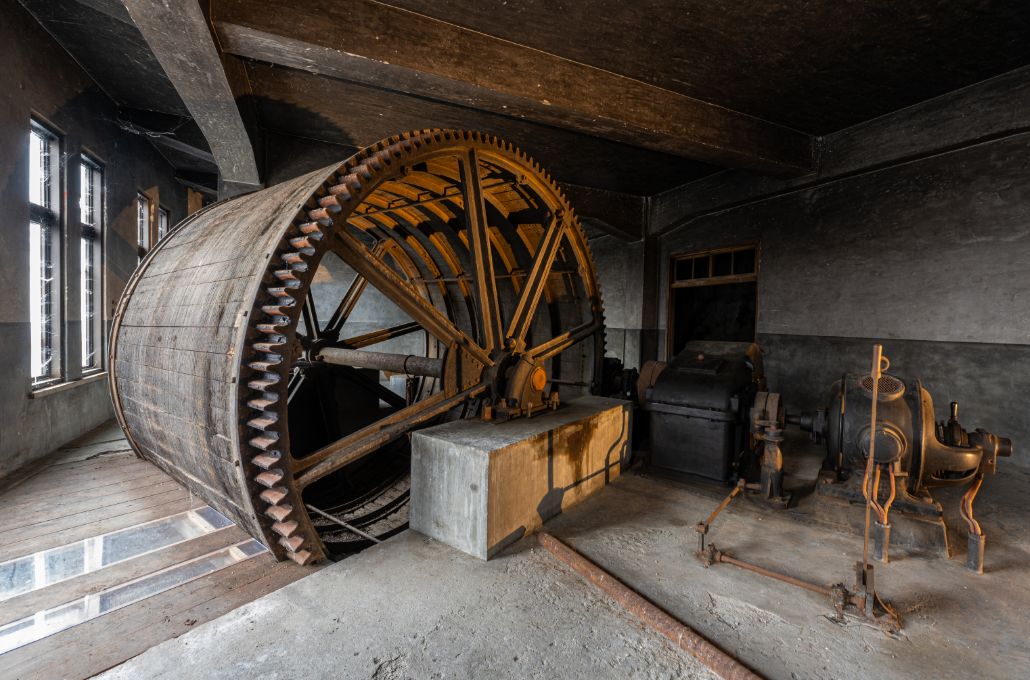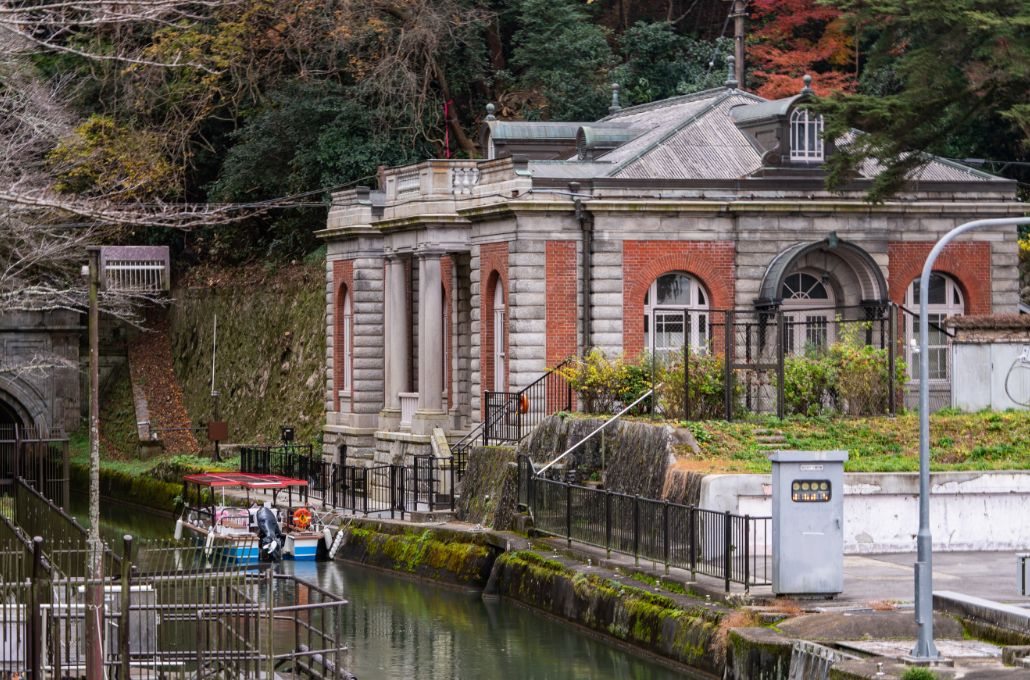
This is the Lake Biwa Canal, the waterway that laid the foundation for Kyoto’s modern economy. Its story begins with the Meiji Restoration, when the capital of Japan was moved from Kyoto to Tokyo in 1869, and with a man named Kunimichi Kitagaki, who would go on to become the third governor of Kyoto Prefecture in 1881.
Kitagaki had a plan to revitalize Kyoto, whose economy had stagnated with the capital’s relocation to Tokyo. The solution: a waterway stemming from Lake Biwa, designed to transport goods, generate hydroelectric power, and provide water for agriculture. Although the budget swelled, the city’s future was at stake, so the legislature greenlit the plan.
In 1885, construction began on the monumental project. Five years later in 1890, the Lake Biwa Canal was complete. With the added might of hydroelectric power, the city’s economy roared back to life.
Around two decades later, Kyoto’s thirst for progress remained unquenched. Another waterway, the Second Canal, was completed together with the inauguration of a municipal tram system, further propelling Kyoto’s rapid growth.
Even today, the Lake Biwa Canal continues to provide life-giving water to the people of Kyoto.

The Keage Incline, supposedly the world’s longest incline railway at its completion, was inaugurated in 1891. The Keage stretches 582 meters over a 36-meter elevation difference and was used to transport boats loaded onto carts up and down its rails. It solved the geographical challenges of the terrain, enabling the movement of a considerable amount of goods.
The railway harnessed the power generated by the Keage Power Plant to operate its winch, ensuring swift transportation. It was retired from service in 1948, but it still remains a beloved tourist attraction.

This is the control room for the winch that moved boats up and down the Keage Incline. Historical records state that this massive winch could transport a boat up the Keage Incline in a mere 10 to 15 minutes.
The drum plant utilized electricity from the Keage Power Plant to wind up the cables. The cables and transport carts that that once worked the railway are now on display in the Lake Biwa Canal Museum.

The Former Imperial Palace Water Pump Station was completed in 1912.
Even after the capital was moved from Kyoto to Tokyo, the Kyoto Imperial Palace continued to host imperial events, so they erected this pump mainly to safeguard the palace from the threat of fire.
The station drew water from the Lake Biwa Canal and pumped it into a reservoir on nearby Mt. Dainichi, ultimately supplying water to the Kyoto Imperial Palace. Its usefulness was demonstrated during a fire that broke out within the palace grounds in 1954.
This structure, designed by the renowned architect Katayama Tokuma, who also lent his talent to such landmarks as the State Guest House Akasaka Palace, continues to captivate its visitors.


令和5年度 文化資源活用事業費補助金(文化財多言語解説整備事業)